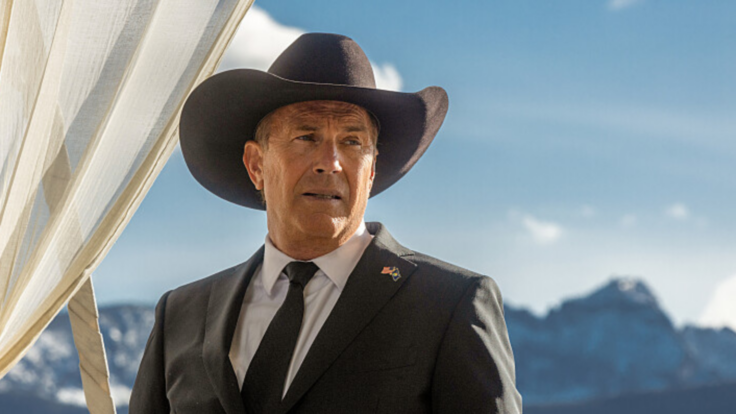Netflix’s decision in November to release more “ratings” data has sparked a big question: Will others follow? I’m not an oracle, but if I were overseeing a streaming platform with, say, 50 million or so customers (roughly the size of both NBCUniversal’s Peacock and ViacomCBS’ Paramount+), there’s no obvious win in disclosing that kind of comprehensive information.
That’s why many companies have instead relied on nonspecific data anecdotes—boasts, really. “Most-viewed launch weekend by an adult-skewing animated comedy!” “Top Spanish-language drama series in non-Spanish dominated territories!” That kind of thing. While not explicitly revealing exactly how many people watched Godzilla vs Kong, for example, these boasts can serve as jumping off points for analysis.
Beyond P.R., what does the bragging actually say about streaming success in 2021? How about failures? And the tougher question: What’s actually working? Here are four key takeaways.

















